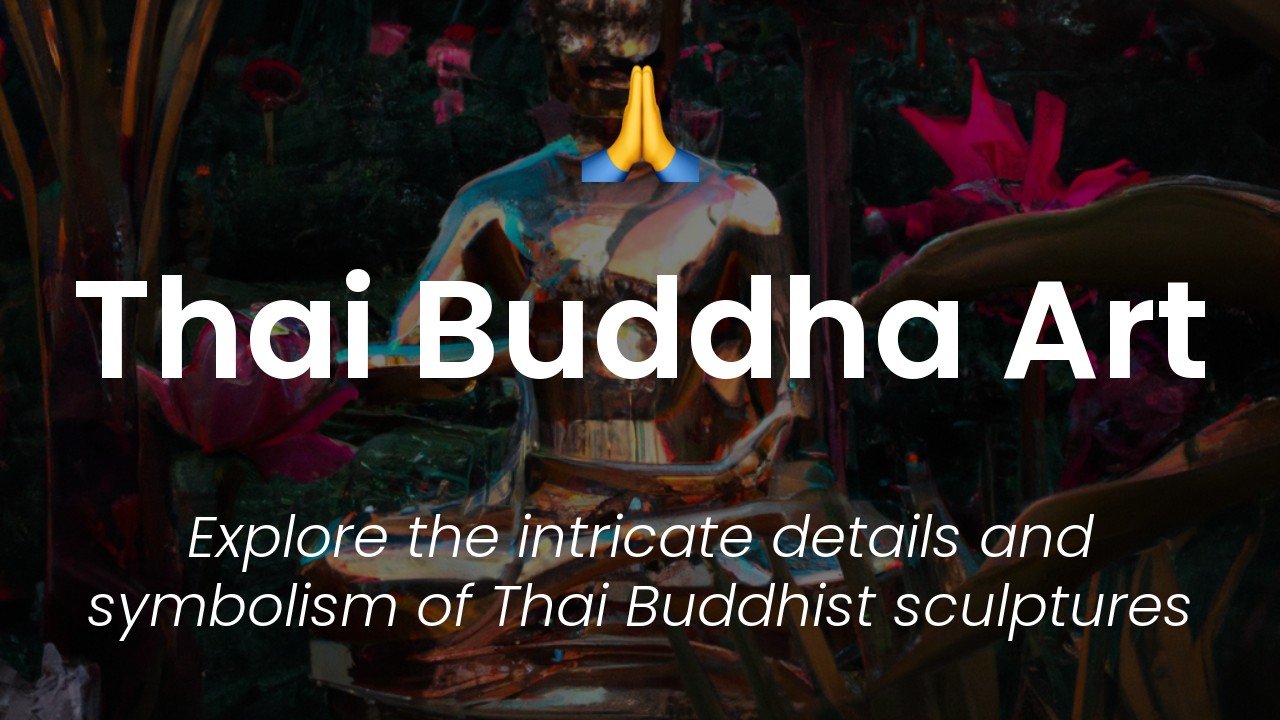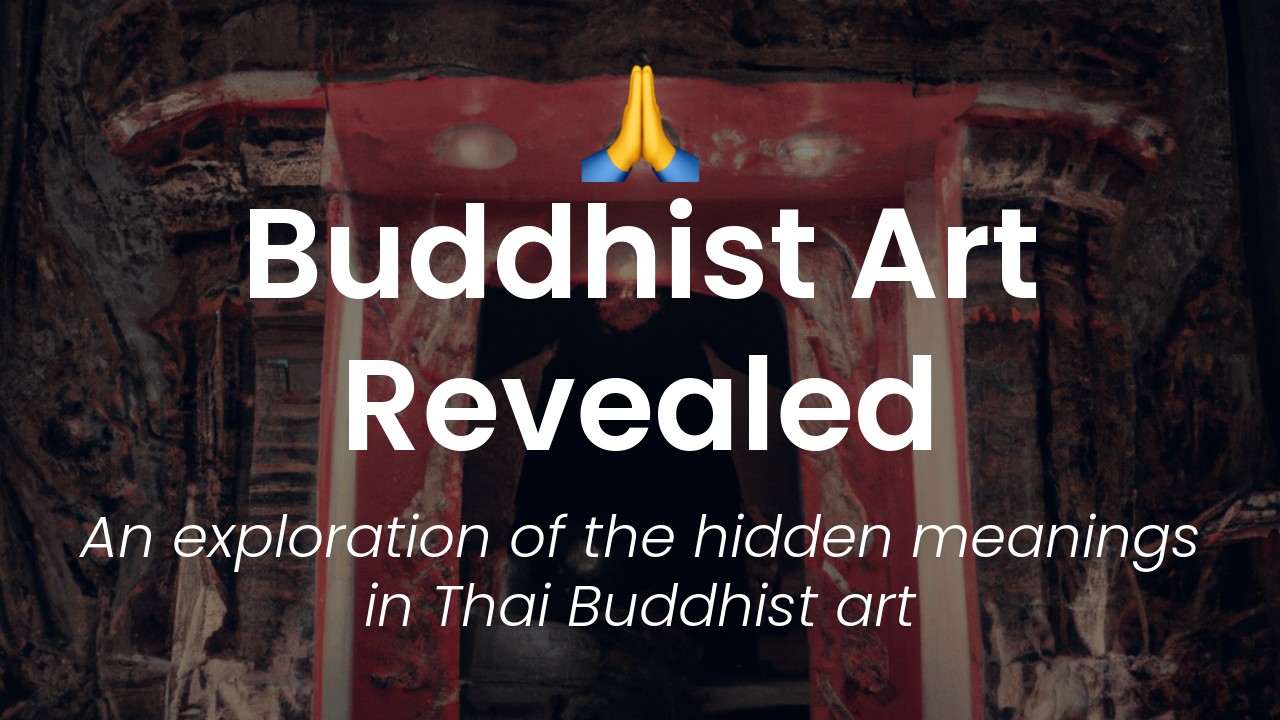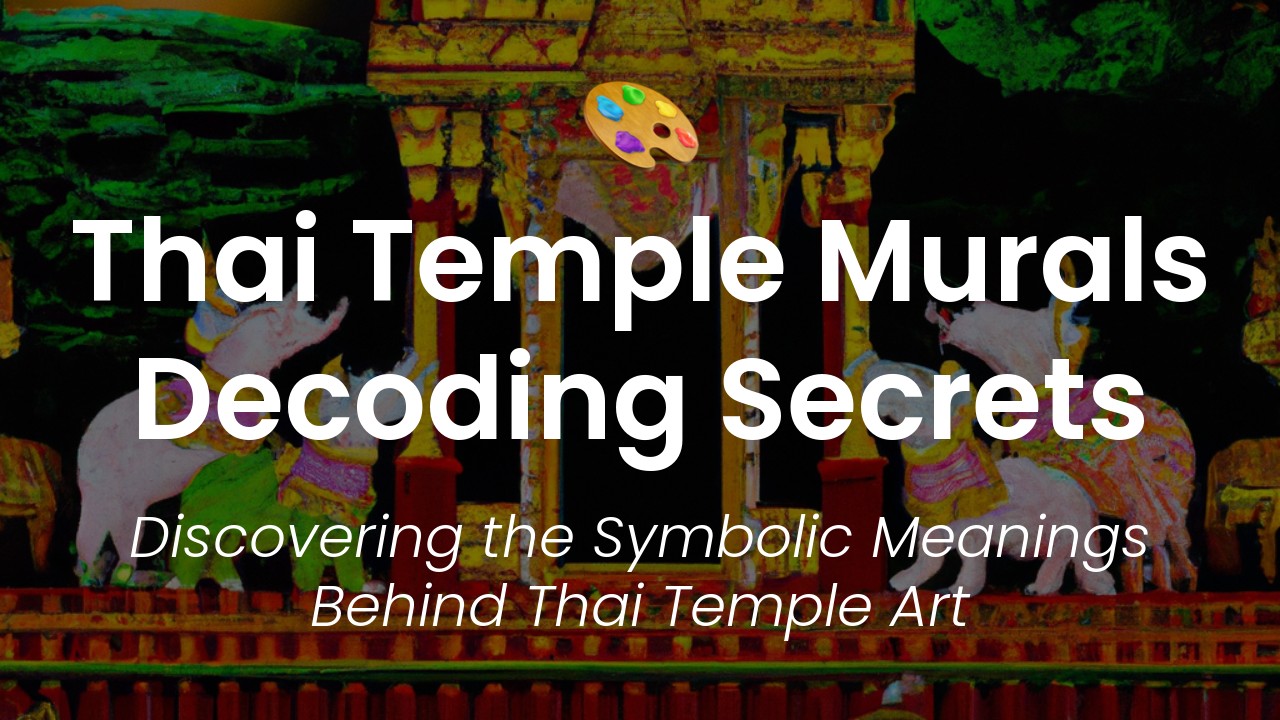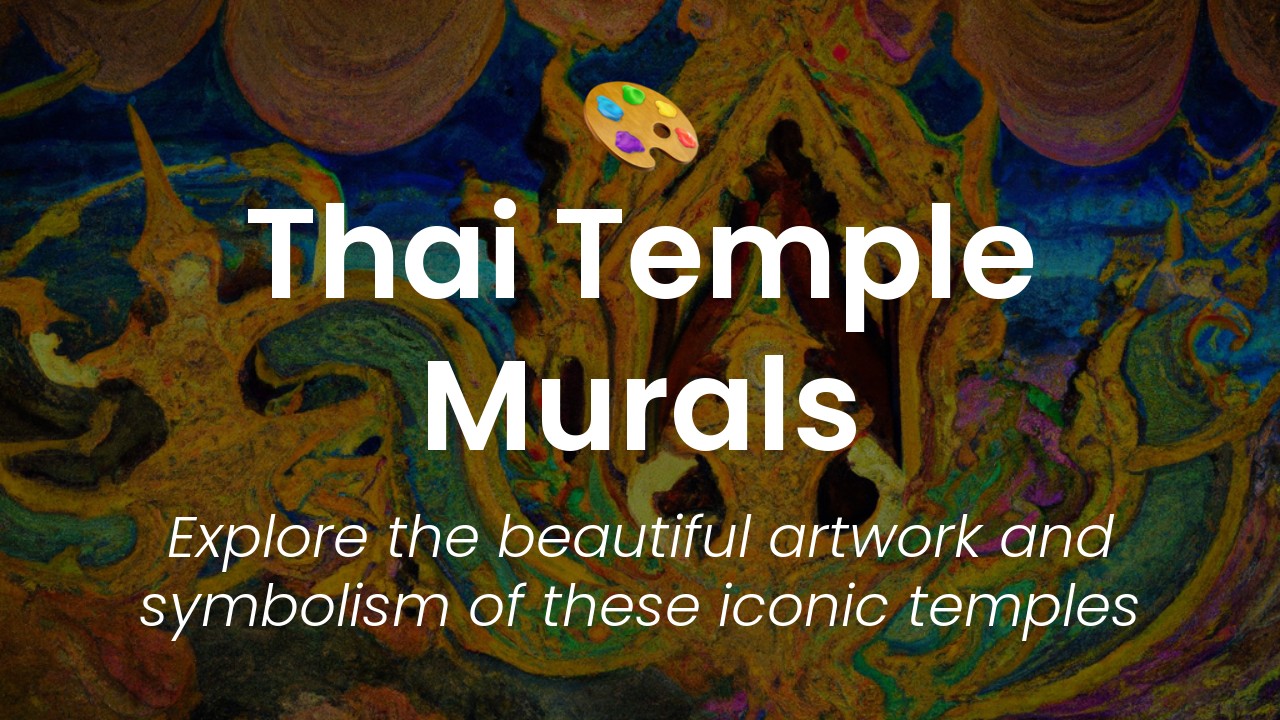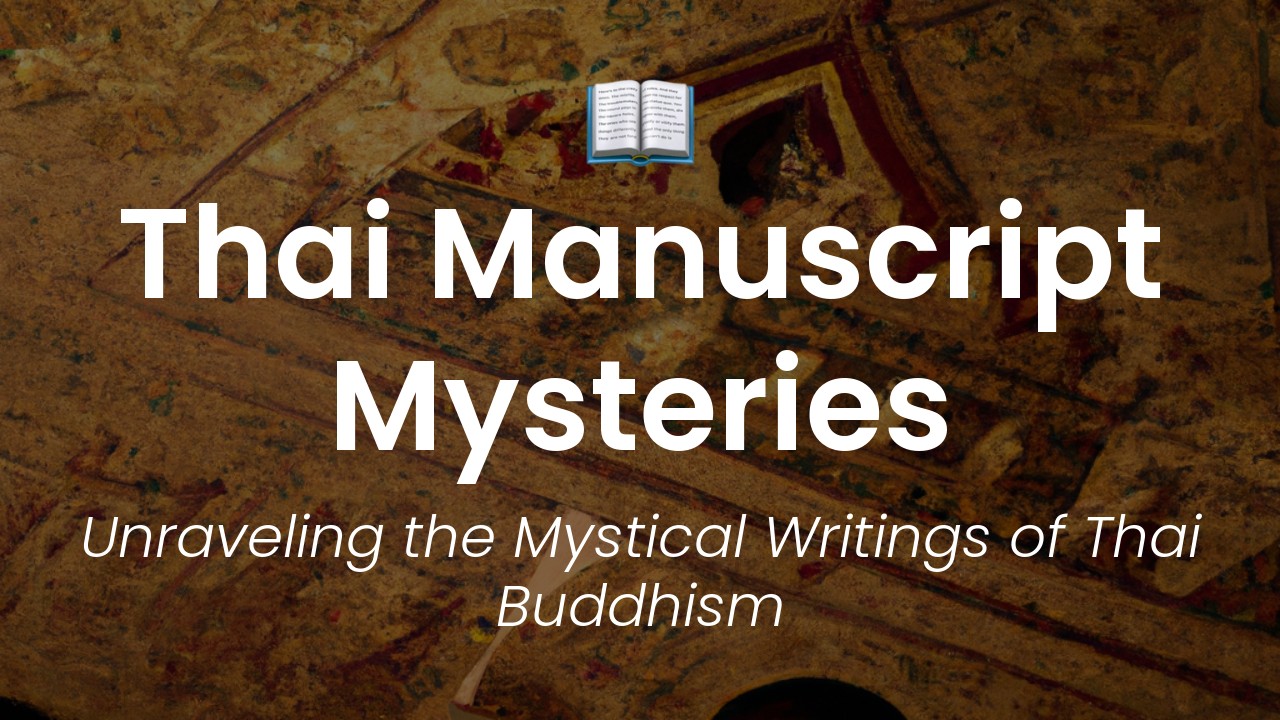Welcome back to my blog, where I take you on a journey of discovery into the heart of Thai culture. Today, I want to introduce you to the beauty and mystique of Buddhist sculptures. As a proud Thai woman, I grew up surrounded by these breathtaking works of art. To me, they represent the very essence of our rich and diverse religious heritage. Each sculpture tells a different story, and every detail is imbued with layers of meaning and symbolism.
Buddhism has played a significant role in Thai culture for many centuries. The country is home to thousands of Buddhist temples, each containing a vast array of sculptures and other religious artifacts. For anyone interested in exploring the depth and complexity of Thai culture, there is no better place to start than with these magnificent sculptures.
In this article, I will introduce you to some of the most famous and fascinating Buddhist sculptures found throughout Thailand. I will delve into their history, their meaning, and their enduring relevance in modern-day Thai society. From the serene beauty of the Reclining Buddha to the intricate details of the Emerald Buddha, each of these sculptures offers a unique insight into the spiritual and cultural heritage of Thailand. So join me on a journey of discovery as we explore the world of Thai Buddhist sculptures.
The Significance of Buddhist Sculptures
Thai Buddhist sculptures, also known as Buddha images, play a very important role in Thai culture. These handmade pieces of art are a representation of the Buddha’s teachings, and are considered a sacred object. Merely looking at them is believed to have a meaningful impact on the observer.
The Buddha images have been an essential part of Thai culture since Buddhism was first introduced to the country, over 2000 years ago. Over time, the Thai culture has evolved, but the significance of these sculptures has remained steadfast.
Buddhist sculptures are not only present in temples and monasteries in Thailand but also in public spaces. You can see these statues displayed prominently in parks, on street corners, and even in shopping centers. Thai people believe that these sculptures provide positive energy to their surroundings, and they help create a peaceful environment.
Types of Thai Buddhist Sculptures
There are several types of Buddhist sculptures in Thailand. One of the most common types is the Standing Buddha. This sculpture depicts the Buddha in his upright posture, with his left hand facing downwards, and the right hand raised. This symbolizes fearlessness and protection.
Another popular type is the Reclining Buddha. This sculpture depicts the Buddha lying on his right side, with the head resting on a cushion. The right arm serves as a pillow, and the left hand rests along the body. This image symbolizes the Buddha’s passing from earthly life into Parinirvana.
The Walking Buddha is also a popular sculpture in Thailand. It shows the Buddha taking a stroll, with his right hand raised in a gesture of peace. This image represents the Buddha’s presence and teachings in the world.
Other types of Buddha images include the Seated Buddha, the Teaching Buddha, and the Earth Touching Buddha. Each image depicts the Buddha in a different pose, symbolizing different aspects of his teachings.
Famous Temples to Visit in Thailand
Thailand is home to many magnificent temples, or “wats,” that house these Buddhist sculptures. If you are a traveler, exploring some of these temples can provide an immersive experience into Thai culture.
One of the must-visit temples is Wat Phra Kaew, located in Bangkok. This temple houses the famous Emerald Buddha, which is actually made of Jade. Wat Phra Kaew is a royal temple and is located within the grounds of the Grand Palace, which is another magnificent attraction in Bangkok.
Another temple worth visiting is Wat Phra That Doi Suthep. Located in Chiang Mai, this temple is perched atop a mountain and offers an incredible panoramic view of the surrounding city.
Other noteworthy temples include Wat Pho, also located in Bangkok, and Wat Arun, located across the river from Wat Pho.
Explanation of Key Features in Sculptures
Each Buddha image has unique characteristics that hold significance in Thai culture. The posture, hand gestures, and clothing contribute to the overall symbolism of the image.
For example, the Standing Buddha’s right hand raised in the gesture of reassurance is called the Abhaya Mudra. This Mudra is a symbol of protection and represents fearlessness.
Similarly, the Reclining Buddha’s posture represents the Buddha’s final passing into Parinirvana. The cushion under his head represents enlightenment and the arm as a pillow represents rest.
Each aspect of the Buddha image is important to understanding the overall message and symbolism. It is fascinating to explore the intricacies of these sculptures and discover the layers of meaning behind them.
The Role of Buddhism in Thai Culture
Buddhism plays a vital role in Thai culture. It is the country’s main religion, and the teachings of Buddha influence all aspects of daily life. The philosophy of Buddhism emphasizes compassion, nonviolence, and inner peace.
Thai people embrace these teachings by visiting temples and performing acts of merit, such as donating to temples, volunteering, and offering food to monks. Buddhist sculptures are an integral part of this expression of piety.
Moreover, Thai people believe that Buddha images have a protective and guiding influence on them. Buddha images in temples and homes serve as a reminder to practice compassion and mindfulness.
Conclusion: Embracing Thai Culture through Art
Buddhist sculptures are not just objects of art in Thai culture. They are sacred objects of devotion, enlightenment, and protection. When you examine them, you will appreciate the deep symbolism and beauty of Thai culture.
These sculptures are an excellent way to immerse ourselves in the everyday lives of Thai people and understand their beliefs more intimately. By visiting temples and studying these sculptures, we can gain insights into Thai history, philosophy, and art. If you ever plan to visit Thailand, take the time to visit these temples and appreciate their artwork for yourself.

